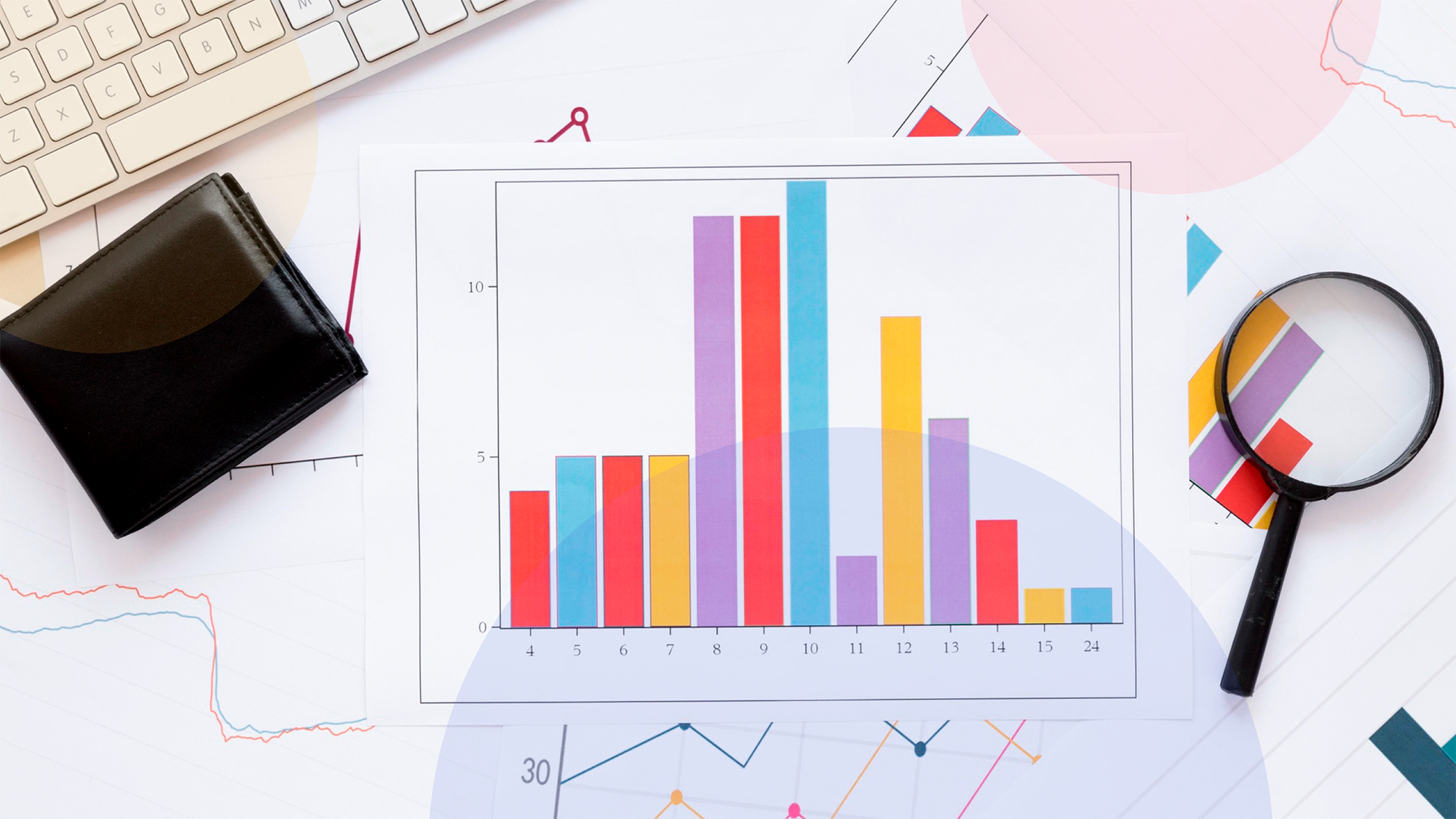Treasury stock, well-known as an entry in the general ledger, is a special contra-equity account given by the negative number on the balance sheet because it involves cash. But why do the company repurchase its own shares and report a cash decrease in shareholder’s equity? An answer to this and other related questions you will know further in this article.
Remember that any investment decision is associated with risks and all the information given in this article as well as possible company events should not be taken as investment advice or indisputable truth.
Table of Contents
What is treasury stock in simple words?
The term “treasury stock” refers to company’s outstanding shares that were repurchased from investors and currently can either remain in the company’s contra-equity account to be sold in future or to be retired. Both restricted shares as well as publicly traded shares can be re-acquired by the company and become a treasury stock.
Treasury stock are issued shares of common stock (corporate voting shares), but they also can be represented as the difference between the number of shares issued and the number of shares outstanding, therefore a decrease in number of outstanding shares can lead to increase in the earnings per share.
Key Takeaways
- Brief definition: after buyback of the circulated shares they become treasury stock.
- Why and who needs this type of stock: this type of stock is a part of the company’s equity and can be either resold later or retired.
- What indicators to pay attention to: there are various reasons to realize buyback: a company might want to raise its capital; operational cost might be too high or a company seeks to retain power and control.
- How and to whom to use them for investment purposes: investors cannot buy treasury stock directly, but the stock is a great sign for investors to reassess the company and more attentively explore its potential.
What Is Treasury Stock on a Balance Sheet
Treasury stocks are reflected on the balance sheet in shareholder’s equity. Except common stock and retained earnings (i.e. profit that was not distributed to shareholders) shareholder’s equity section also includes paid in capital (capital in excess of par value).
An amount of the capital in excess of par value varies depending on the stock price. The higher stock will be sold the bigger amount will be reflected on the balance sheet paid in capital entry. The converse will also be fair.
The treasury stock is usually placed at the bottom line within the equity section with a negative balance. The money received for floating shares and the money used to buy back company’s shares will be both recorded in a transactions worksheet. As for excess cash given in addition to par value of shares, it will be mostly added to shareholders’ equity than used for paying dividends.
The shareholders cannot possess the stock and receive dividends, this stock also will not have voting rights and cannot be recognized in an income statement as a gain or loss.
In financial accounting there is a method called the par value method. It is connected with the assumption that the acquisition of outstanding shares results in reduction in stockholders’ equity, therefore the shares are considered to have been retired. According to this method the treasury stock account is debited for the par value (the par value of a share, which otherwise can be called stated value per share, is a share value at issuance) and capital in excess of par value must be also debited for the original amount paid in excess of par value at issuance.
Rationale for share buyback and its impact on share price
Repurchase of shares happens in most cases when the issuer supposes that its shares are undervalued and the market price at which these shares are traded is less than real value of the assets.
When a company buys back its shares it can be a trigger to raise the price because it implies that the stock is undervalued and shows investors the potential of the assets. In fact, in some cases if the company resells the repurchased stock, but the price was initially fair, there can be no profit gained and the difference in price will be covered from the additional paid-in capital.
Share buyback in the overwhelming majority of cases aims to have greater control of the company and defend from control takeover. It happens, because shareholders of common stock possess voting rights, which may affect the company.
Treasury Stocks Advantages and Disadvantages for Investment
Converting outstanding shares into treasury stock may lead to consequences for a company. If a company purchases stocks at a high price it will take a large capital to perform buyback.
However, buybacks can be a good sign for investors, which will attract more of them. Buybacks can also potentially increase stock prices, raise capital of the company exempting it from taxes. Buybacks are subject to only 1% excise tax according to the Inflation Reduction Act.
Another effect that is implied after creating treasury stock is connected with EPS ratio. Earnings per share, which reflect ratio of net profits generated by a company and the number of common shares outstanding, may reflect current reality of profit reduction or expensive operational costs. By share number reduction, buybacks could temporarily improve the situation for shareholders who want to remain owners.
Thus, stock repurchasing is another way to share wealth of the company with investors together with dividend payments and stock price appreciation.
Among all the advantages of buybacks there is also an un-diluting effect. If the company’s options put into circulation a lot of new shares, these stock-based compensations may result into dilution. To avoid the negative effect, the company can conduct a buyback.
Conclusion
Treasury stock is a part of outstanding stocks that was reacquired by the issuer in order to increase earnings per share ratio or show to investors that the traded shares were undervalued. Repurchases may affect investors and company image.
To get a better understanding of reasons to create treasury stock, it would be great to consult a financial adviser. This possibility is available through Beatmarket with its financial guru as well as free investor chat. You can discuss all the most important market events, get analytics or company review. Besides, it is possible to improve your performance knowing more precisely why the event could have happened and which actions must be taken in the nearest future. All these options are offered on the Beatmarket platform.
FAQ
What does treasury stock do?
Treasury stock allows to show the real price of the assets to investors and raise company capital. Mostly shareholders are not so worried about buybacks while dividend cuts cause their anxiety. Besides, it is an almost tax-free way to return capital and to retain much control over the company by means of stock reduction.
What is the difference between stock and treasury stock?
All the outstanding shares can be subdivided into restricted shares and publicly traded shares. If the company repurchases part of the outstanding stock removing them from circulation, it becomes treasury stock and will be stored on the special contra-equity account.
What is an example of a treasury stock?
For example, a company has excess cash and believes that the share price must be higher than the current market price. The hypothetical company repurchases 2,000 shares of its stock at $40 that results in $80,000. This re-acquisition will be reflected on the balance sheet of the considered company as a treasury stock.
In June 2023 Morgan Stanley announced buyback of 12.7% of its shares for a total $20 billion and raised their dividend by 7.5 cents. The firm reacquired shares trying to enter appropriate price levels.







